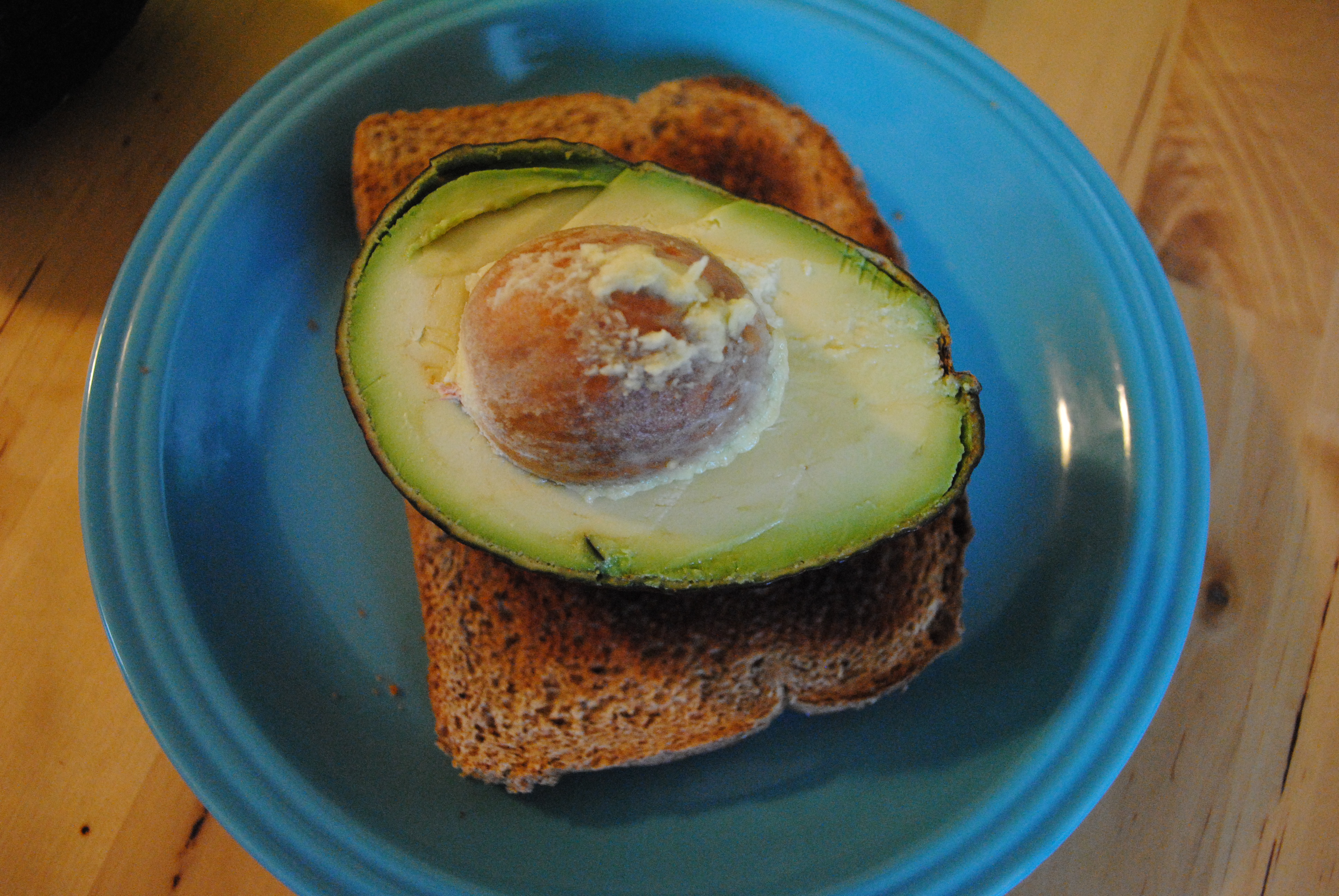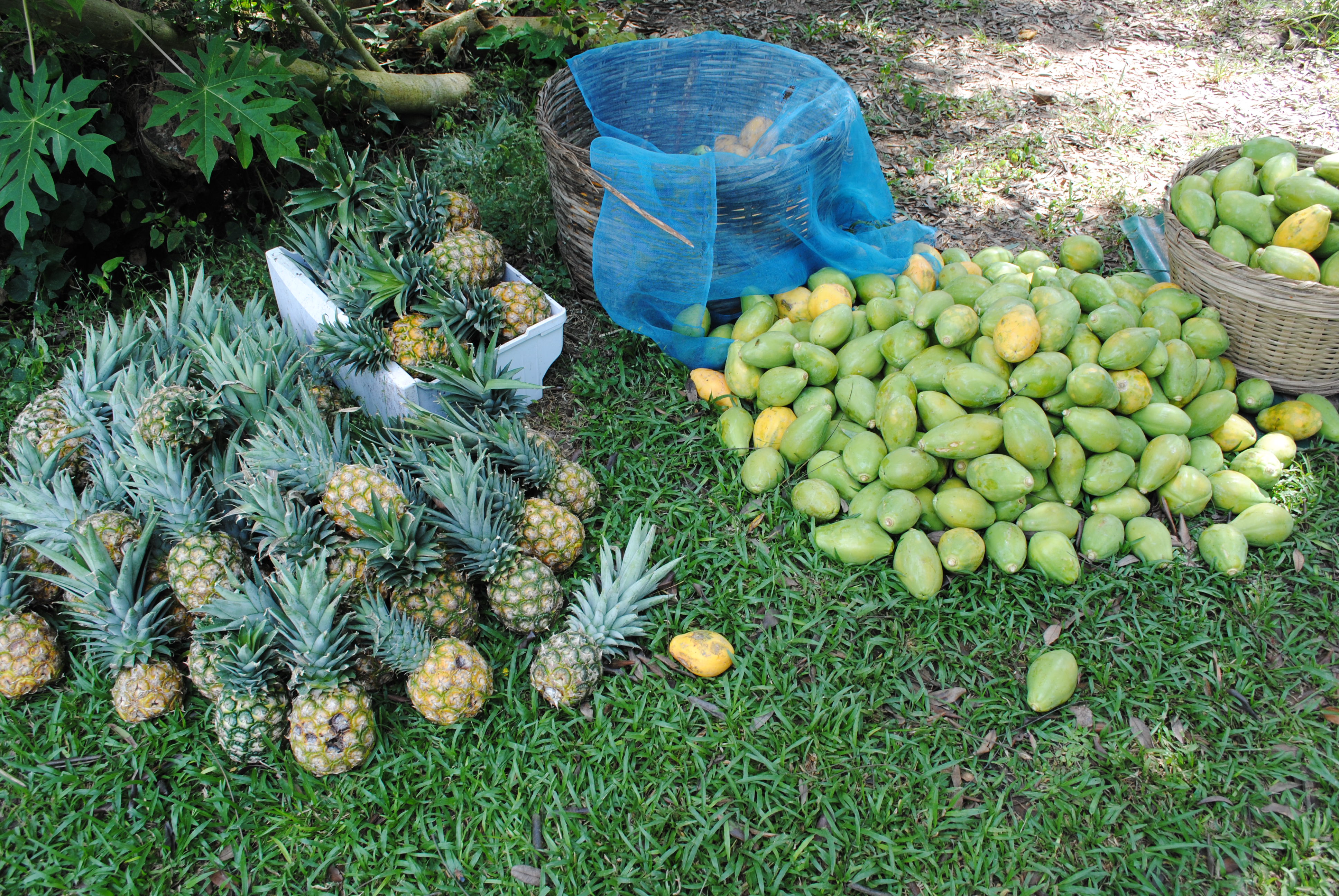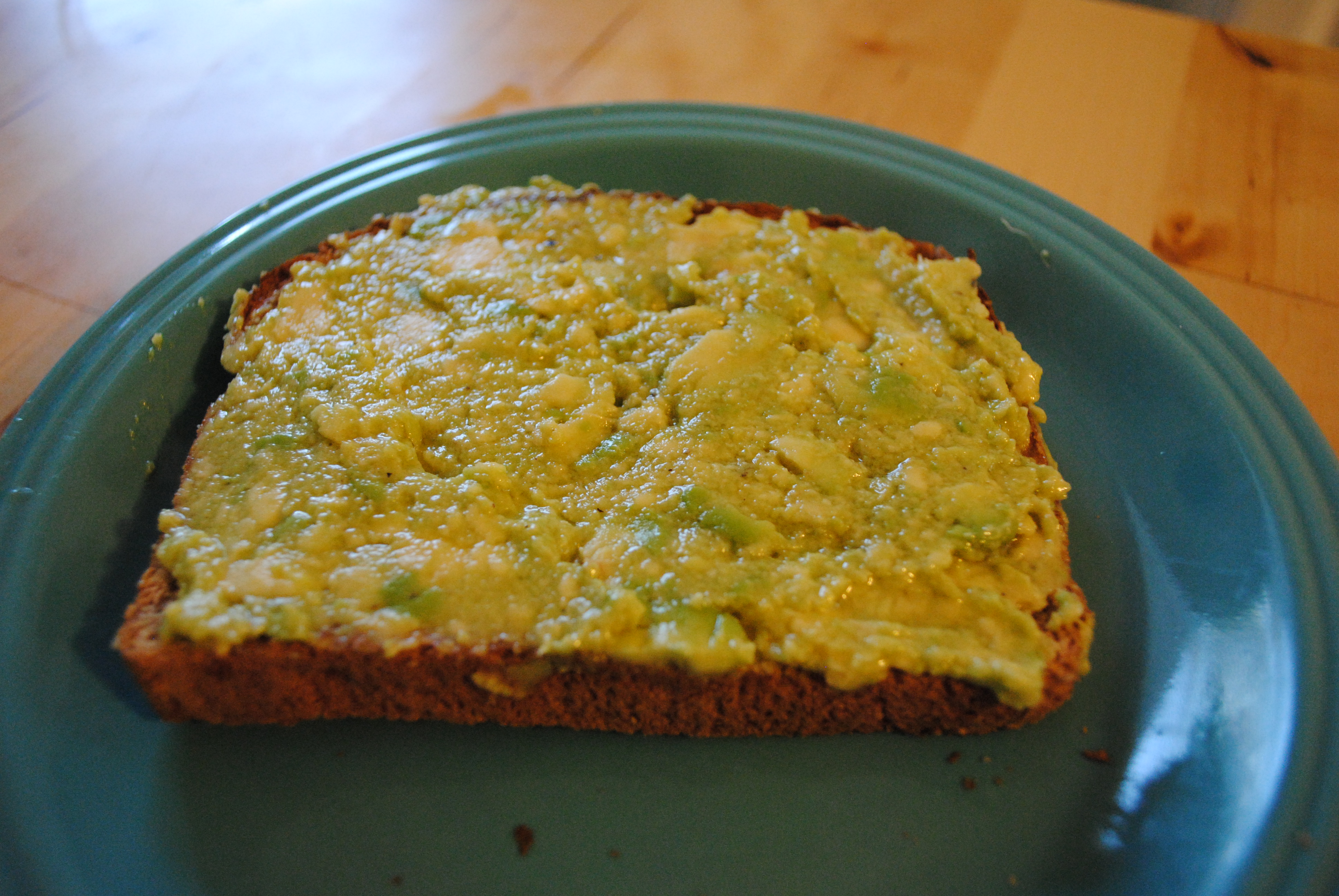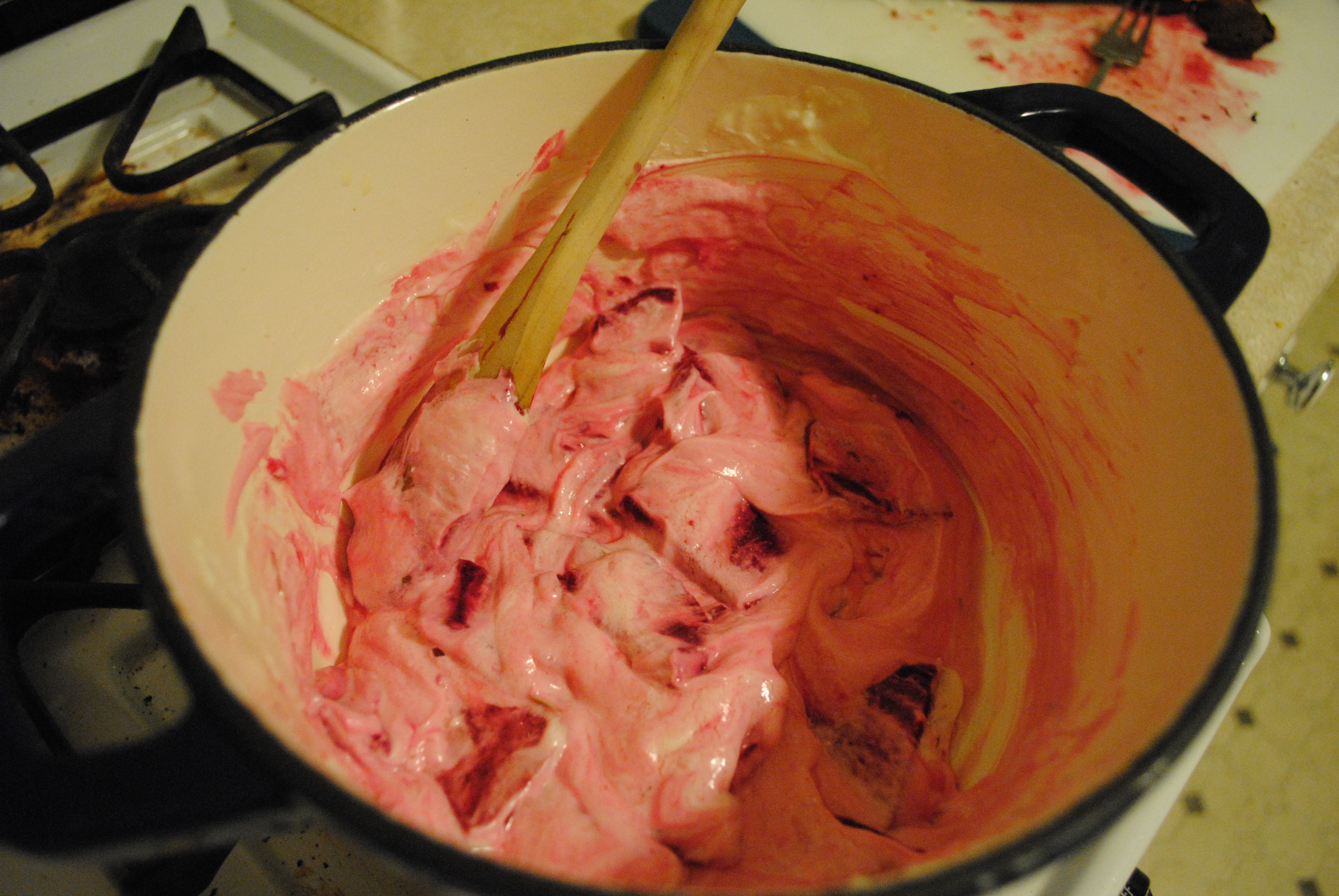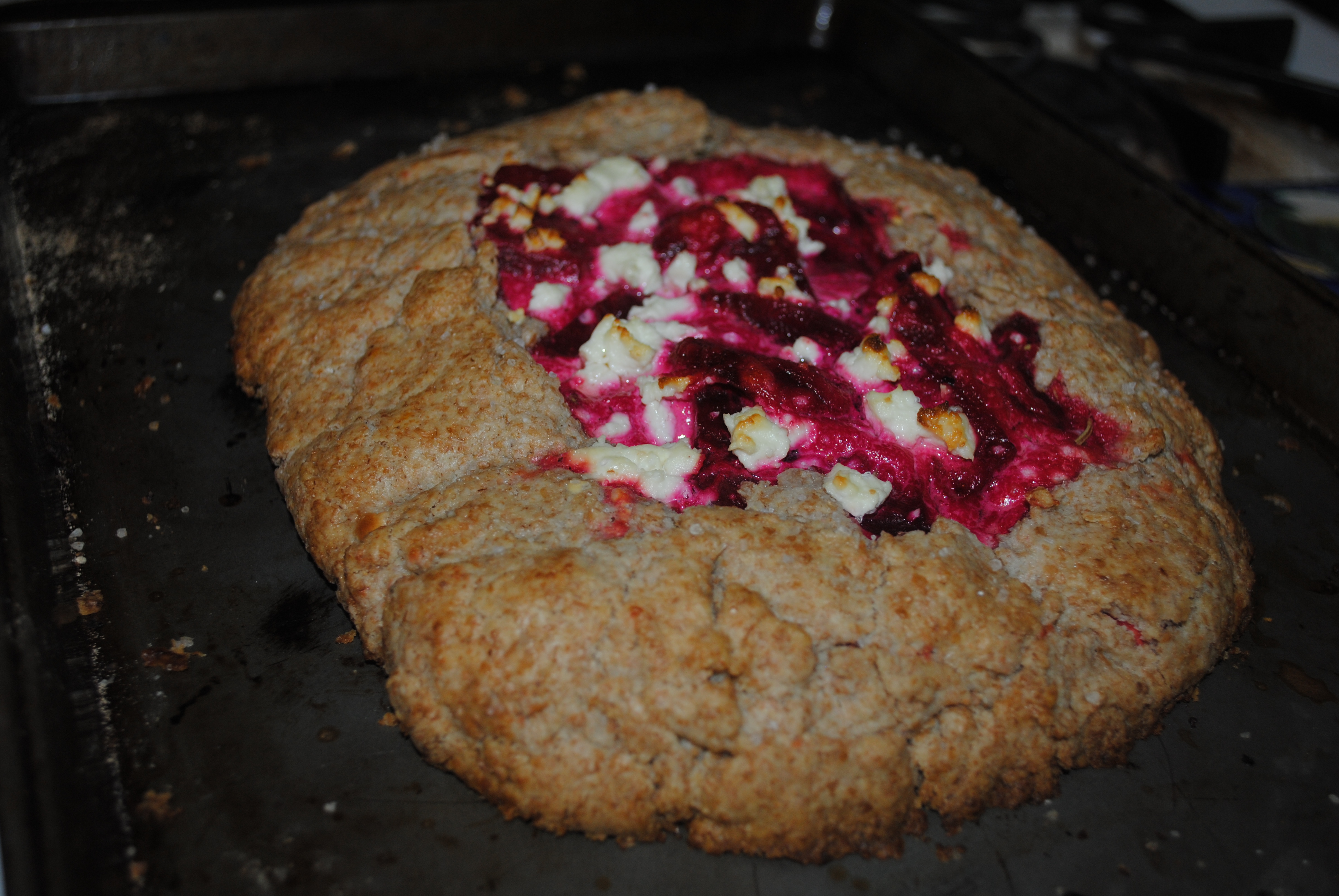The problem with most so-called “comfort foods” is that they are a heck of a lot of work. My mom’s homemade chicken soup is fantastically fantastic, and could beat your mom’s chicken soup in a chicken-soup-battle-to-the-death any day of the week—but if my mom’s not here to make it, it’s just not quite as comforting. The best comfort foods are simple enough to make even when recovering from a three-day fever and an overnight trip to the emergency room. Ladies and gentlemen, I give you avocado toast.
I woke up early on Thursday morning to get in some last-minute studying for my midterm later that day. Then I swallowed and realized there was no way that was happening. My throat was in excruciating pain. For some reason, perhaps because I think very very slowly in the morning, I decided it was still a good idea to try to sit through my econ lecture on . . . actually, I have no idea what the lecture was on. Half way through I bolted, bags, umbrella and all, and made my way over to student health.
After much debate, the friendly people at student health came to the conclusion that they had no idea what was wrong with me, or with my throat, but that if it got any worse, I should probably go to the emergency room. They did give me a note to get out of my midterm, which, considering I was running a 102 fever at that point was probably a good thing.
So instead of the weekend Dan and I planned, (Eastern Market, Capitol Hill Books, Nando’s Piri Piri Chicken and 50/50), there was much whining (me), comforting (Dan and my mom, over the phone), watching of the Hour, and a midnight trip to the ER on Friday night. Well, the only thing that needs to be said about that is that I was by far the soberest patient in there that night and, unlike the other patient in my room, did not threaten to throw an apple at any of the nurses.
Anyway, I am well on the road to recovery now, which is a big relief. But, since swallowing even water had been a serious problem, I ate nothing on Thursday or Friday. So the challenge of today, the first day I could walk to the kitchen without taking a break to lie down on the couch, was to find something to eat that was delicious, fatty, and easy to make. Enter avocado toast.
This time last year, I was on study abroad in Ghana. It was an all-around wonderful experience that I will try to address more in a future post (I am planning on trying to make fried yams at some point), but one of the few things I did not love about Ghana was the spiciness level of the food. I am not quite as much of a wimp as Dan is when it comes to spicy food, but I lean towards the wimpy side. So one afternoon, when I could not stomach the thought of any more jollof rice, I invented avocado toast.
(I cannot take credit for this as an invention in the grand scheme of things—I am sure avocado toast has been invented by hundreds of people all around the world. But for me, then, it was a new idea, and a pretty cool one at that).
Avocado toast is comforting, high in all the best kinds of fat and fiber, creamy and delicious. Best of all, you can make it sitting at your kitchen table if you’re feeling too weak to stand!
Ingredients
1/2 a small-ish Calafornia avocado- 6 carbs
1 piece of whole wheat bread, toasted- 20 Carbs
About a tablespoon of olive oil
Salt & Pepper
1. Cut your avocado in half. Wrap the other half in saran wrap, with the pit still in it to keep it from turning brown (it won’t keep the exposed part from turning brown, but it will prevent air from getting to the part under the pit and oxidizing it).
2. Slice the avocado flesh horizontally, and then vertically, and use a spoon to scrape it into a small bowl, just like you were making guacamole.
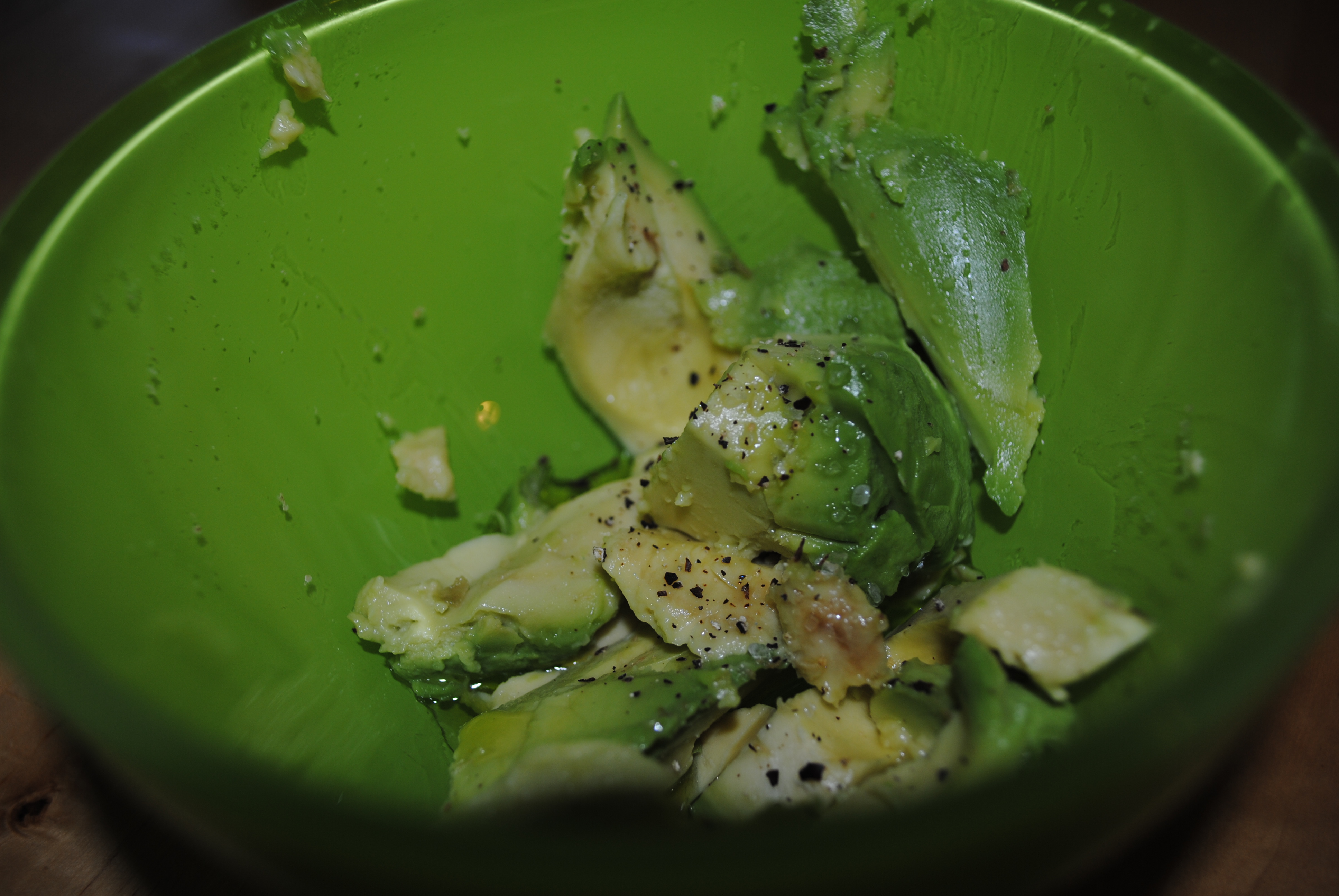
3. Pour a tablespoon of olive oil over the avocado. Sprinkle with sea salt and pepper. Mash it all up.
4. Spread the avocado on the toast. And there you go: you’ve got a comforting piece of avocado toast!
Total Carbs: 26

